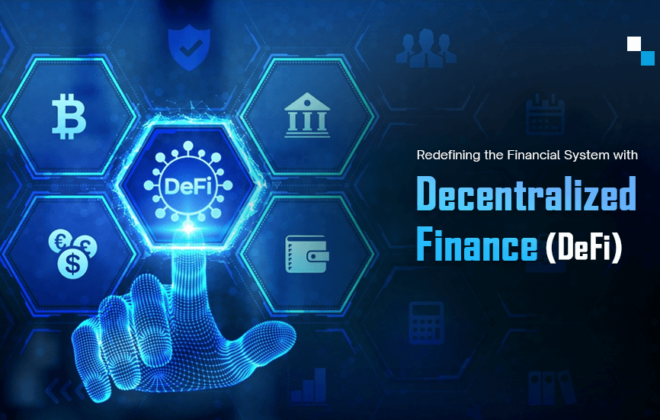Blockchain Application: A Step-by-Step Guide

Blockchain technology has become increasingly popular in recent years, with businesses and organizations exploring its potential applications. Building a blockchain application can be a complex process, but with the right guidance and resources, it can be a valuable investment for businesses looking to improve their operations.
In this blog post, we will provide a step-by-step guide to building a blockchain application. We will cover everything from the basics of blockchain technology to the process of developing and deploying a blockchain application. We will also provide tips and advice for service providers looking to offer blockchain development services to their clients.
Step 1: Understand the Basics of Blockchain Technology
Before you can start building a blockchain application, it’s important to understand the basics of blockchain technology. A blockchain is essentially a decentralized ledger that records transactions in a secure and transparent manner. It consists of a network of nodes that work together to validate and confirm transactions.
There are several key components to a blockchain, including the cryptographic algorithms used to secure the network, the consensus mechanism used to validate transactions, and the smart contracts that govern the behavior of the network.
Step 2: Choose a Blockchain Platform
Once you have a basic understanding of blockchain technology, the next step is to choose a blockchain platform. There are several blockchain platforms available, each with their own strengths and weaknesses.
Some popular blockchain platforms include Ethereum, Hyperledger Fabric, and Corda. Each platform has its own set of features and capabilities, so it’s important to choose the one that best suits your needs.
Step 3: Define Your Use Case
Before you start building your blockchain application, it’s important to define your use case. This involves identifying the problem you are trying to solve and determining how blockchain technology can help.
Some common use cases for blockchain technology include supply chain management, identity verification, and payment processing. By defining your use case, you can ensure that your blockchain application is tailored to your specific needs.
Step 4: Design Your Blockchain Application
Once you have defined your use case, the next step is to design your blockchain application. This involves determining the architecture of your blockchain network, as well as the smart contracts that will govern the behavior of the network.
When designing your blockchain application, it’s important to consider factors such as scalability, security, and interoperability. You should also consider the user experience and ensure that your blockchain application is easy to use and navigate.
Step 5: Develop and Deploy Your Blockchain Application
The next step is to develop and deploy your blockchain application. This involves writing the code for your smart contracts, as well as deploying and configuring your blockchain network.
When developing your blockchain application, it’s important to follow best practices for blockchain development, such as ensuring that your code is secure and that your smart contracts are well-designed. You should also thoroughly test your blockchain application before deploying it to ensure that it functions correctly.
Step 6: Maintain and Upgrade Your Blockchain Application
Once your blockchain application is deployed, the final step is to maintain and upgrade it over time. This involves monitoring the performance of your blockchain network, identifying and resolving any issues, and upgrading your smart contracts as necessary.
It’s also important to stay up-to-date with the latest developments in blockchain technology and to continuously improve your blockchain application over time.

Conclusion:
Building a blockchain application can be a complex process, but with the right guidance and resources, it can be a valuable investment for businesses looking to improve their operations. By following these steps and best practices for blockchain development, service providers can offer high-quality blockchain development services to their clients and help them leverage the potential of this revolutionary technology.



